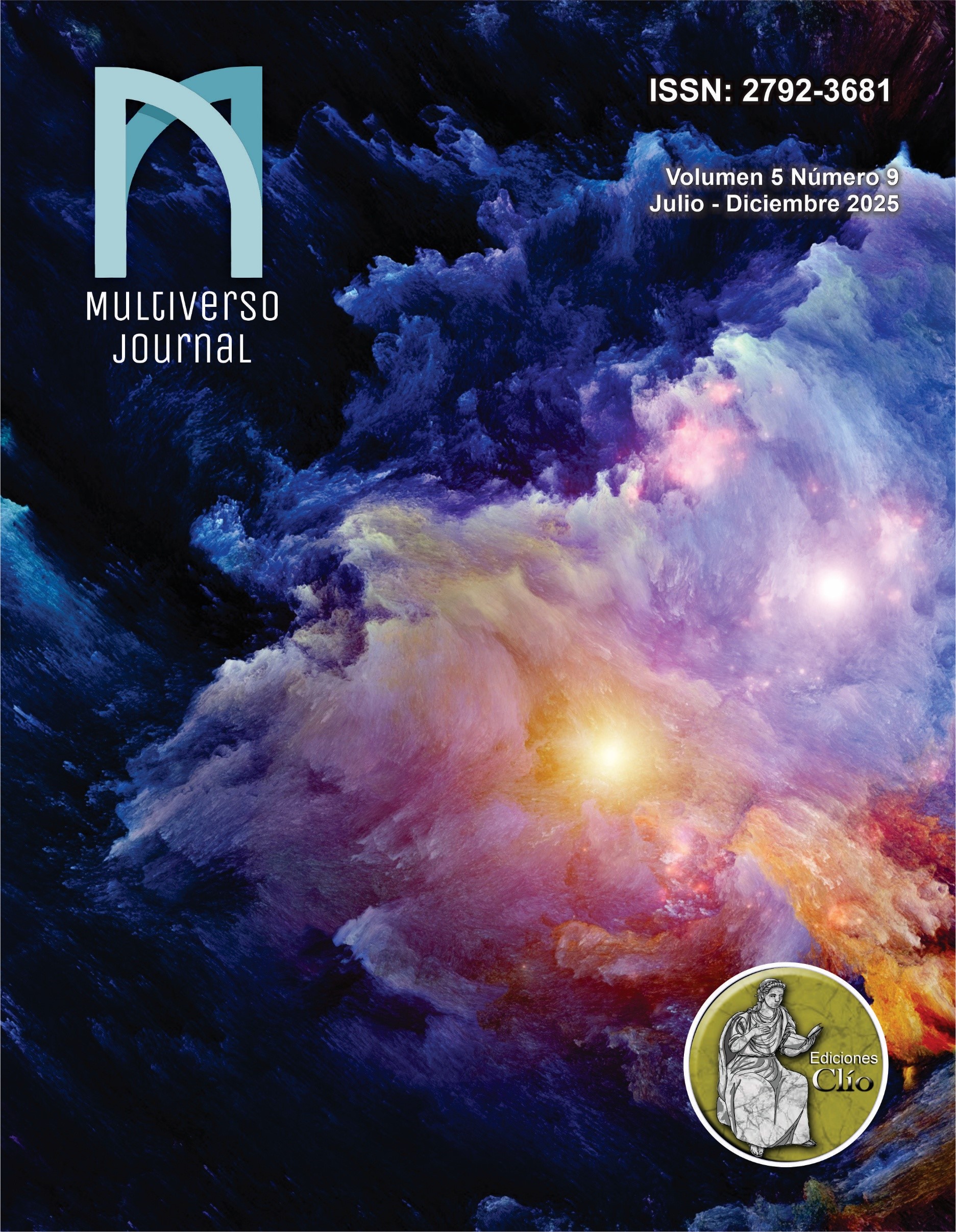Civil War and Transitional Justice in Central America: The Case of El Salvador
DOI:
https://doi.org/10.46502/issn.2792-3681/2025.9.4Keywords:
El Salvador, transitional justice, civil war, truth and justice, historical memoryAbstract
The consequences of the civil war in El Salvador were devastating for the civilian population, especially for rural communities, women, children, and organized groups such as trade unionists, students, and religious groups. Throughout the conflict, serious human rights violations were documented, including massacres, forced disappearances, torture, and mass displacement. Given this historical reality, using a documentary methodology, the objective of this article is to analyze the transitional justice process in El Salvador, evaluating both its achievements and its limitations more than three decades after the signing of the Peace Accords. In conclusion, it must be recognized that transitional justice has clear limits. It cannot completely reverse the damage caused or satisfy all the victims' demands for truth and justice. Its success depends on specific political, material, and ideological conditions, and it often faces resistance from those in power.
Furthermore, realistically speaking, judicial processes tend to be selective and fail to cover all the crimes committed, which generates frustration and mistrust among the public.
References
Center for Justice and Accountability. (2025). El Salvador. https://cja.org/where-we-work/el-salvador/
Centro Nacional de Memoria Histórica. (2020). Los mártires de la guerra. https://centrodememoriahistorica.gov.co/tag/testimonios/
Deaver, W. O. (2013). Un día en la vida: Imágenes y símbolos de la guerra civil en El Salvador. Theory in Action, 6(2), 1-14. https://doi.org/10.3798/tia.1937-0237.13010
DW. (2024). La ONU pide a El Salvador avanzar en justicia transicional. ONG de derechos humanos aseguran que la impunidad, tras más de 30 años, es "una deuda que ningún Gobierno ha atendido". https://www.dw.com/es/la-onu-pide-a-el-salvador-avanzar-en-justicia-transicional/a-68654075
El Gobierno de El Salvador; Frente Farabundo Martí. (1992). Acuerdos de Chapultepec. https://archivos.juridicas.unam.mx/www/bjv/libros/4/1575/23.pdf
Fonseca Zúñiga, E. (2023). Memoria de la represión. Intervención, violencia y guerra civil en la Universidad de El Salvador construida desde la revista La Universidad. Cuadernos Inter.c.a.mbio sobre Centroamérica y el Caribe, 20(1). https://doi.org/10.15517/ca.v20i1.53621
Martínez-Barahona, E., Rubio-Padilla, S., Centeno, H., & Gutiérrez-Salazar, M. (2018). La Comisión de la Verdad para El Salvador. Manteniendo la paz a cambio de justicia. Instituto Chr. Michelsen, Bergen, Noruega. https://acortar.link/OVdPVo
Naciones Unidas. (2025). El Salvador - Expertos llaman a implementar la agenda de justicia transicional relativa al conflicto armado. https://acortar.link/KJ2ewR
Naciones Unidas. (2020). Justicia aplazada, pero no denegada: la justicia de transición en El Salvador. Justicia de transición. https://acortar.link/2vFISY
Orduña, E. L. (2020). El Caso Jesuitas, de El Salvador, en el contexto de la justicia transicional. Latinoamérica. Revista de estudios Latinoamericanos, (70), 151-175. https://doi.org/https://doi.org/10.22201/cialc.24486914e.2020.70.57165
Pineda Depaz, S. E. (2015). Justicia transicional en El Salvador: un análisis del proceso. Estudios Centroamericanos, 70(740), 131-156. https://doi.org/10.51378/eca.v70i740.3219
Sánchez, J. C. (2021). El legado de las víctimas del conflicto armado salvadoreño. Fundación para el debido proceso: https://dplf.org/el-legado-de-las-victimas-del-conflicto-armado-salvadoreno/
Segovia, A. (2009). Transitional Justice and DDR: The Case of El Salvador. International Center for Transitional Justice. https://acortar.link/0meZqC
Teitel, R. G. (2003). Transitional Justice Genealogy. Harvard Human Rights Journal, 16, 69-94. https://acortar.link/0ANF6R
Published
How to Cite
Issue
Section
License
Copyright (c) 2025 Yadirys Cañate López

This work is licensed under a Creative Commons Attribution 4.0 International License.
The authors who publish in this journal agree to the following terms:
The authors retain copyright and guarantee the journal the right to be the first publication where the article is presented, which is published under a Creative Commons Attribution License, which allows others to share the work prior to acknowledgment of the authorship of the article. work and initial publication in this journal.
Authors may separately enter into additional agreements for non-exclusive distribution of the version of the work published in the journal (for example, placing it in an institutional repository or publishing it in a book), with an acknowledgment of its initial publication in this journal.



















